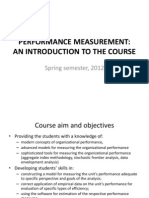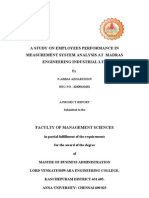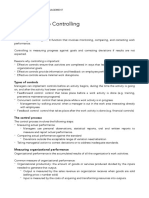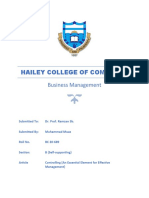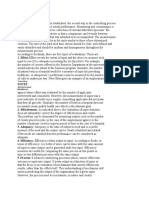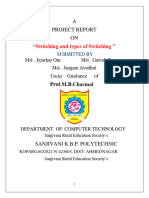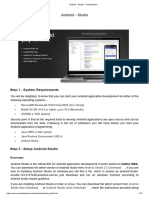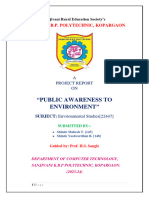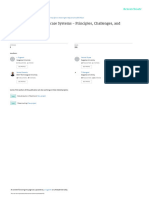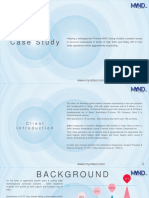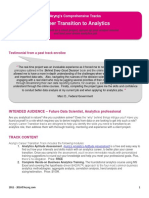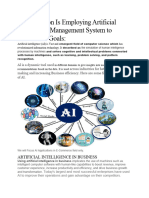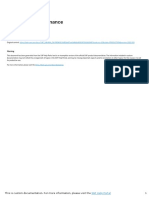0% found this document useful (0 votes)
29 views9 pagesManagement Project1111
The document discusses controlling methods for measuring organizational performance. It describes how performance measurement involves quantifying outcomes through various metrics. It also explains how comparing actual performance to standards and goals is important to identify deviations and areas for improvement, and how root cause analysis can be used to determine why deviations occurred and implement corrective actions.
Uploaded by
paithankarpratik3Copyright
© © All Rights Reserved
We take content rights seriously. If you suspect this is your content, claim it here.
Available Formats
Download as PDF, TXT or read online on Scribd
0% found this document useful (0 votes)
29 views9 pagesManagement Project1111
The document discusses controlling methods for measuring organizational performance. It describes how performance measurement involves quantifying outcomes through various metrics. It also explains how comparing actual performance to standards and goals is important to identify deviations and areas for improvement, and how root cause analysis can be used to determine why deviations occurred and implement corrective actions.
Uploaded by
paithankarpratik3Copyright
© © All Rights Reserved
We take content rights seriously. If you suspect this is your content, claim it here.
Available Formats
Download as PDF, TXT or read online on Scribd
/ 9


